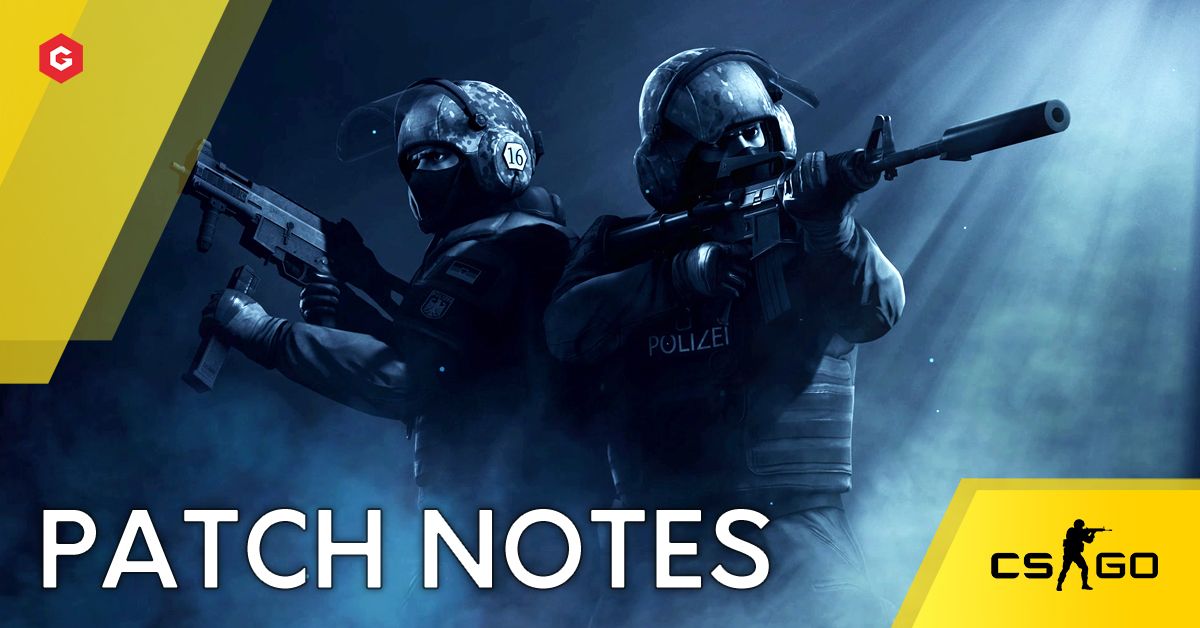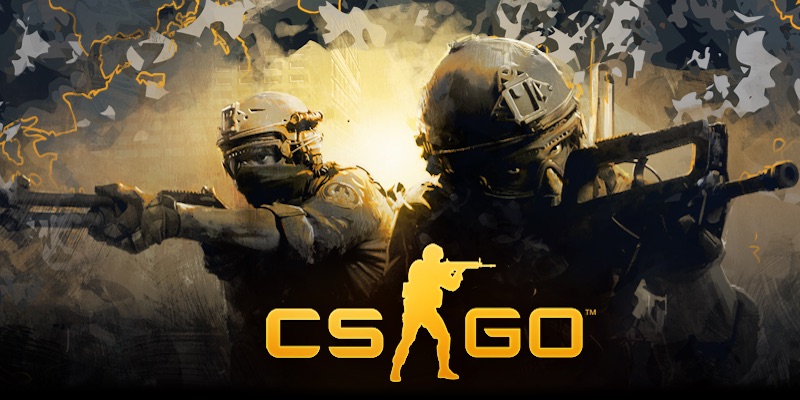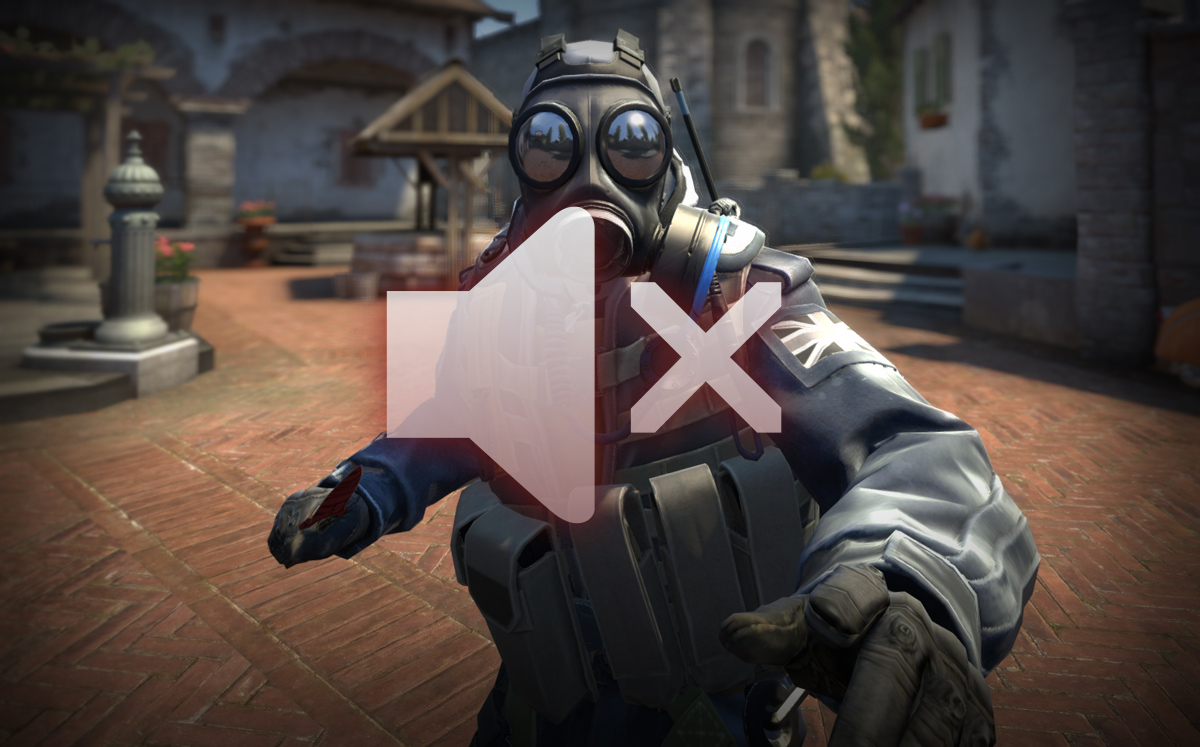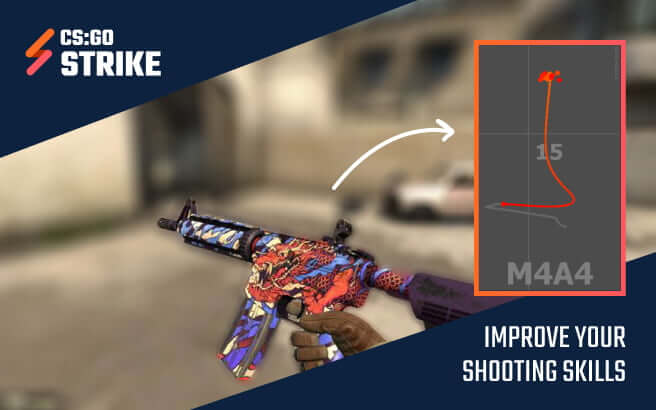Your leadingcompetitive gaming platform. Play with over 15 million gamers in leagues, tournaments and ladders. CSGO Surf remix by Jammity; CSGO Surf remix by Jade-CS; CSGO Surf by GoldenOcelotYT; CSGO Surf by Manderonn; CSGO Surf by kadenbaxter04; BHOP by DarkyDaPro; CSGO published by Chris M by ElFlowRD; CSGO Surfing by TheWunderWaffle123; CSGO Surf by minsandten; CS:GO surf beta by TheKarol; CSGO Surf NEW CAMERA MODE (NOPE) by SergioFMGamer; CSGO.
Ranking System Guide
The CS:GO ranking system can be a confusing topic to tackle for new players to the game. You start off without a rank, and after a set number of matchmaking you’ll receive one relating to your skill. But what exactly does this rank mean? What decided it, and where can you go from there?
In this detailed guide, we’ll cover everything you need to know about CS:GO ranks including a list of all 18 ranks in the game and what you can do to rank up quicker. Use the buttons below to quickly jump to a section that you need help with:
Getting Your First Rank
Starting things off at the beginning is how to get your first rank in CS:GO matchmaking. To get your rank, you first need to be level 2 to queue for competitive. You can increase your level by playing the more casual game modes in CS:GO such as deathmatch and casual. Doing so will equip new players with the basic skills they need to play in the more serious matchmaking.
Once you’re level 2, you need to win 10 games of matchmaking to be placed into a rank. While you’re collecting these wins you’ll be classed as unranked. After you’ve won those 10 games, you’ll have earned your first rank. This will usually be somewhere on the lower rungs of the list of ranks, but could be higher if you’ve played some form of Counter-Strike before.
Silver I is the lowest rank you can receive, and The Global Elite is the highest rank in the game. From that you can see the flow of how the rank system works in CS:GO.
There’s no set time where you should earn any of the ranks. Generally speaking, though, beginner players should be somewhere in the Silver ranks, intermediate players should be high Gold Nova/low Master Guardian, and experienced players should be anywhere from Legendary Eagle to Global Elite.
How to Rank Up
Ranking up in CS:GO is simple, though the algorithm behind it isn’t. To put it plainly, the more matchmaking games you win the faster you’ll rank up. As you’d expect though, there is more that goes into it than just that. Here is what will influence the speed in which you rank up.
- What ranks your teammates are. The lower their rank, the more elo (the value that dictates your rank) you’ll earn from a win.
- What ranks your opponents are. The higher their rank, the more elo you’ll earn from a win.
- The number of times in a game of matchmaking you are named the MVP.
- The round difference of the competitive games you play. You’ll gain more elo by beating a team 16-1 than you would if you beat them 16-14. On the flip side, you’ll lose more elo if you get stomped by a team 16-1 than if you only narrowly lose 16-14.
This is what affects your rank in CS:GO, but what can you do to ensure you rank up quickly?
Well, the best way to rank up fast is to take the time to practise and hone your game. This means instead of jumping into match after match, take some time between them.
Tips to Rank Up Faster
If you're stuck in a 'rank plateau' (unable to move up in the rankings for a long time), or just want to progress through the ranks at a faster rate than you currently are, we have a collection of tips and suggestions to help you rank up.

1. Play With a Party
Playing with a friends in a party is a great way to assure that your teammates cooperate and want to win. Starting a solo game, or game with just a single friend, is like playing Russian Roulette - but instead of a bullet firing from a gun, it's whether or not you're queued with a griefer, bad player, or player who doesn't want to play with your team.
By playing with your friends, you can assure that everyone has a microphone and wants to play with the team. You can employ strategies like rushes and executes together, and won't have people running out onto bombsites alone with the bomb on terrorist side!
2. Don't Play Again Straight After Losing
Often after losing a game, players immediately rush into another game straight after out of frustration, and hope to win back their lost elo. This is bad because you play a lot worse when frustated (you are less patient, more likely to annoy your teammates, less focused), and also (most imporantly) because you haven't worked out what went wrong in the last game.
Instead of playing another game straight after losing a game, take a short break from competitive matches to work out what went wrong in the previous match. You can do this by watching back your game demo via the 'Watch' option from the main menu. Below are some things you might realise went wrong in the previous game, and pointers/advice to improve:
- If you were aiming badly: practice in an FFA or deathmatch server for 15-30 minutes before playing again.
- If your teammates were the problem: this isn't something you can always improve on, but ask some friends (who are good at CS:GO) to join you in your next match. If you don't have any friends to join you, start sending friend requests to players that you get along with at the end of your future games!
- If you never had a good weapon (like an AK-47, M4A4, or AWP): make sure you have proper eco rounds in the next game.
- Other problems include: rushing too much on either side (yes, you can rush too much on T side), not playing with your team, and playing too passively (especially on T side).
3. Limit Your Map Pool
Everyone has a favorite map on CS:GO. One where they know a few more strats than they do for other maps, or a few more smoke lineups. It only makes sense then that if you’re trying to rank up as fast as possible then you should play these maps the majority of the time.

Csgofast
Even better, if you’re a master of one of the maps the community doesn’t play as often like Cobblestone or Train, then you’ll likely be playing against players who don’t know the map quite as well. This is just another small thing you can do to ensure you get the most matchmaking wins possible where you shine as much possible, thus accelerating your climbing of the CS:GO ranking system.
Cs Go Download
4. Train Your Aim and Practice Grenades
Even after thousands of hours, players are still far from mastering CS:GO. There are lots of different aspects and skills required to be good at Counter-Strike (or any FPS), but there are a few crucial skills that you need to practice. Two of those skills are training your aim and practicing smoke grenades.
Aim is an important, perhaps even the most important, skill a player can have. Every role in the game requires a reasonable ability to aim in order to succeed. Entry-fraggers have to have amazing aim to out-aim players on bombsites, support players have to have good aim to trade the entry fraggers out, and lurkers have to have good aim to kill players in unexpected parts of the map.
There are many ways to train your aim, here are just a few:
- Deathmatch and FFA Servers - join a casual deathmatch game, or FFA server from the community server browser and practice your aim here.
- Aim Botz - this is a workshop map that has lots of bots that you can practice your aim on. You can change settings to make them move, give them armor, etc. You can use this map by going to https://steamcommunity.com/sharedfiles/filedetails/?id=243702660, clicking 'Subscribe' (make sure you're signed in), and then in the 'Play' menu in CS:GO select 'Workshop Maps'.
- Retake Servers - via the community server browser you can join retake servers. Retake servers are servers that repeatedly put players in positions to retake, or defend a site (on CT or T) with the bomb planted. These servers allow players to practice situational aim on different maps, as FFA servers have players playing differently to how they usually would (e.g. playing more aggressively, getting killed from behind, players in parts of the map they wouldn't usually be).
5. Improve Your Settings (Mouse, Graphics, etc)
Would a football player play with incorrectly sized studs? Or, a tennis player play without the perfect racket? No! There are lots of optimizations, changes, and personalized adjustments you can make to greatly improve your game and peripheral setup.

Firstly, make sure that you have HRTF enabled in your audio settings. HRTF allows you to better hear where sound comes from - this comes in especially handy when pinpointing footsteps that you're not too sure of the exact location of.

Everyone has different optimal mouse settings, but there are a few things you can do to help find those optimal settings:
- Enable raw input (in CS:GO mouse settings) - this makes the signals your mouse sends go directly to CS:GO, instead of being changed/slowed down by Windows or other applications.
- Aim for a lower sensitivity - you can do this by lowering your sensitivity by 0.01 every few days until you find the best speed. A lower sensitivity means you can more accurately make small adjustments, like moving your crosshair slightly to the left to make sure you hit a headshot.
- Have a good quality, big mousemat - this might not be possible if you don't have the funds or room where your mouse is, but a larger mousemat means you have to pick up your mouse less, and a high quality mouse mat will make your mouse more accurate.
Most graphics settings don't make all that much difference to how the game plays out, but a few can completely hinder your ability to play well. Here are our graphics settings tips:
- Disable VSync, or 'Wait for Vertical Sync' in the CS:GO graphics settings menu.
- Remove the FPS cap in the CS:GO graphics settings menu. You can also do this with the fpsmax command.
- Play in 'Fullscreen' mode, not 'Windowed' or 'Fullscreen Windowed' (better FPS).
- Turn off Motion Blur.
- Enable Multicore Rendering.
- If you are suffering from low FPS, the settings that will help the most are: FXAA Anti-Aliasing (Disabled), Multi Sampling Anti-Aliasing Mode (None) and Shader Detail (Low).
Counter Strike has been with us for over thirty years. It begun as a Half-Life mod that held on pure enthusiasm. But now it’s one of the key disciplines for cyber sports and of course of the most favorite games for the masses ever! This time, the developers had a tough task ahead: after the not very warm acceptation of Source, they didn’t want to change the gameplay so drastically anymore and acted very cautiously, sticking with the old proven schemes and mechanics. What we have in the end is very much alike to the good old Counter Strike from our childhood and teen years, but with a few additions and tweaks that allow it to follow in step with the time without losing its nostalgic charm. So let’s see what’s new about Global Offensive!
Bran new modes and revamped old gameplay

Perhaps the main innovation in GO are two modes called Arms Race and Demolition. The first is copied from an old CS mod called Gun Game. Players start with the same weapon and during the round for each kill instantly receive a prize in the form of the next pistol, rifle or shotgun. The last stage is an attempt to stab someone with a knife. This doesn’t look like any of the classic Counter Strike, so you have a chance to gain some new experience. The two available maps with constant revival turn into a terrible mess, from where one single winner crawls out at the end. It is an adequate regime for those who play alone for half an hour after work.
The second mode looks more like standard CS gameplay, but with some reservations. It’s forbidden to buy trunks, weapons are given in the same way as in Arms Race, but only once per round. The maps are small, there is only one location of the bomb. Two teams have to fight for control of the spot, one tries to activate the explosive and the other stands in their way. The whole action lasts two minutes, but the level of intensity is extremely high, so watch out!
Another thing that has been changed is the original gameplay that is now presented in two variations designed for “hardcore” and “casual” players. Some get the classic CS at their disposal, others – its simplified version with pre-issued body armor, the absence of physical collisions between player models and disabled friendly fire. It’s up to you to choose!
Grab new guns, put on a new skin!
Fans, rejoice: the arsenal of Counter Strike: Global Offensive has been replenished. Of particular interest are Molotov cocktails, with which you can slow down the advance of the enemy in one of the directions for some time. New submachine guns, grenades and shotguns give you an extra choice to expand your gaming style. Visually, the game didn’t go far from Source, and it couldn’t – the engine is already a bit old, and the mass character of the game implies low system requirements. But the standard costumes of terrorists and special forces were slightly changed – taking the opportunity to choose a separate outfit, the developers finally made different sets for each map. There are plenty of other things worth telling about GO. But the best way to find out is to play on your own! Launch a flaming online fight right now and see if you can get out alive!